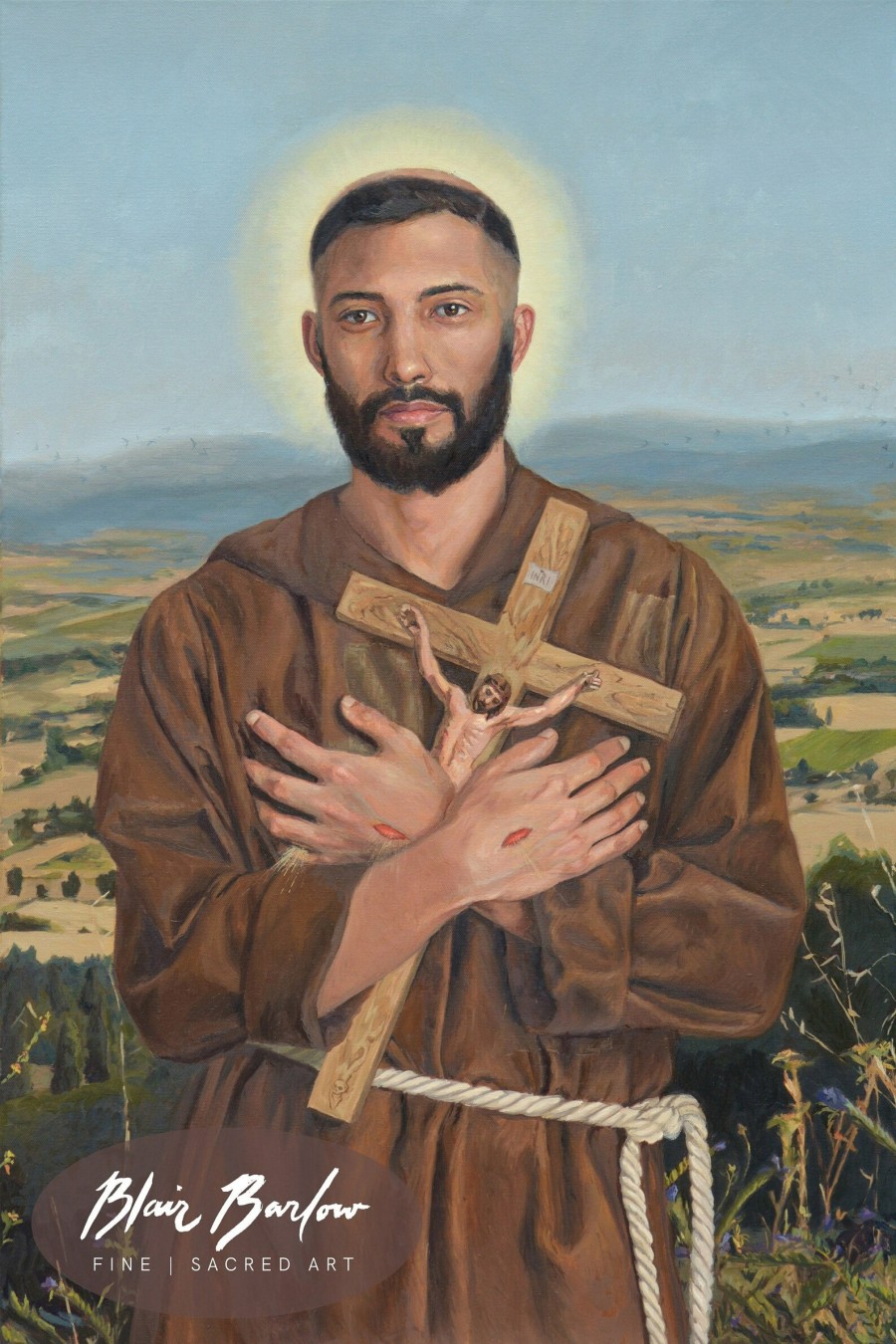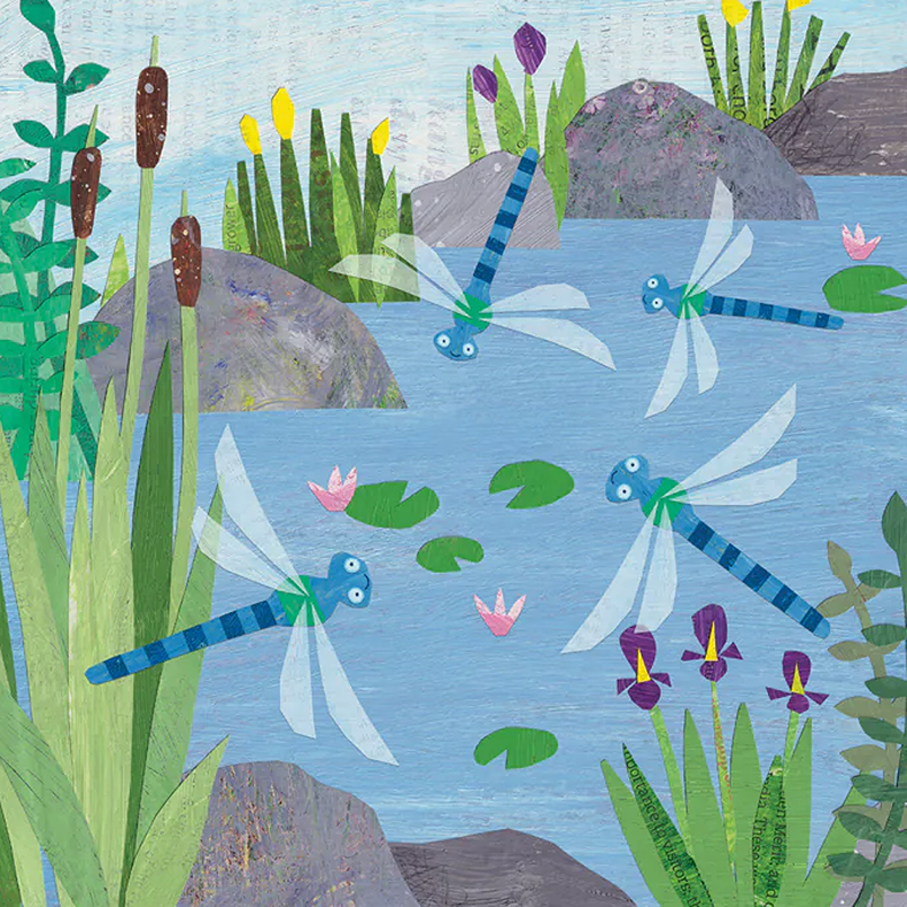Fun Books to Teach Children About Animals
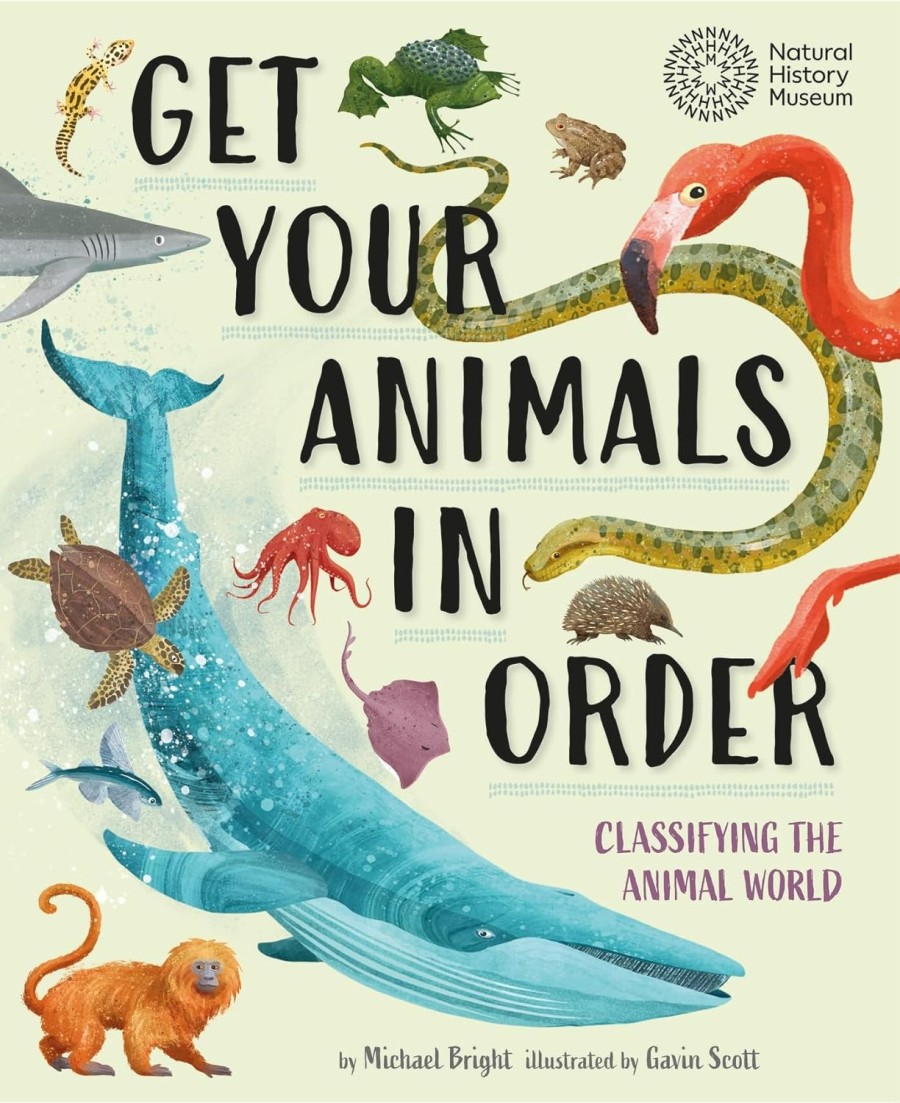
If we wish to raise the next generation to love and protect all species, then start them young, with these fun yet educational books.
Get Your Animals In Order is a book published in association with the Natural History Museum, making the subject of scientific animal classification fun and interesting.
Every creature ever discovered has been added to a group within the animal kingdom, from whales to worms and from snakes to stinkbugs.
Learn the similarities, differences and connections between animal groups, and discover how scientists help conserve animals, and their habitats.
There are just two main groups of animals: vertebrates with backbones (animals, fish) and invertebrates without backbones (crustaceans, insects and spiders are examples). Vertebrates are divided into five species:
- Mammals (including us)
- Birds
- Amphibians
- Reptiles
- Fish
However, nearly all the world’s creatures are invertebrates including insects (this includes bees, butterflies and beetles), earthworms, spiders, slugs, snails and spiders.
Scientists also classify plants into two types: ones that make seeds (trees and flowering plants) and those that don’t (like moss or fern). Then we have bacteria and fungi (which includes, mushrooms and even viruses).
Michael Bright has worked as an executive producer with BBC Natural History Unit in Bristol and is a member of the Royal Society of Biology, who has worked with Sir David Attenborough.
Illustrator Gavin Scott spent much of his childhood drawing and painting animals and birds, and studied for a BA Natural History Illustration at Bournemouth Arts University. He loves rock-climbing in Dorset, and riding his old Triumph motorbike.
Hamza’s Wild World of Animal Facts

Hamza’s Wild World is a lovely illustrated guide for children, to encourage them to love other creatures, as much as he does. Following on from his Wainwright-nominated book on birdwatching, this is his first book for younger readers.
Contents
- Bodies
- Biodiversity
- Sensing
- Moving
- Fighting and getting along
- Feeding and Pooing!
- Communication
- Breeding and babies
- Day by day
- Growing up and learning
Hamza begins the book, telling how he arrived in England from Sudan age 8 (not knowing a word of English). And rather than find his beloved animals, he confusingly found a big man with a white beard and red jacket, going ‘ho, ho, ho!’
So to learn English, his parents plonked him down of documentaries by Sir David Attenborough, and his passion for wildlife and filming it was born. And in a family of doctors and dentists (and struggling with dyslexia), he knew what he wanted to do!
He writes that he sees dyslexia as his super power (he doesn’t need directions when driving, and knows his birds very well!
We cannot fly like birds, we aren’t as hairy as bears. And we don’t have feathers, scales, wings or horns. We don’t lay eggs. Some animals have more eyes than us, can hear much better than us, or have more hearts than us. The animal world is full of variety.
This is a beautifully written and very original book. Hamza starts by sharing his top 10 favourite species including sparrowhawks (not loved by blue tits, who have a special ‘sparrowhawk nearby’ alarm call), which several other birds understand.
He then goes on to describe animal bones, guts, muscles, breathing, heart, blood, brains and muscles. Here is an interesting and knowledgeable author, who can instil a love for nature in any child or adult.
He covers animals with and without backbones, how fish and amphibians breathe differently, why reptiles need heat, how birds lay eggs and how mammals breastfeed.
Children will get to know Hamza’s ’10 big animals’:
- Blue whale
- Whale shark
- Giant squid
- Saltwater crocodile
- Giraffe
- Hippopotamus
- African elephant
- Ostrich
- Polar bar
- Grizzly (brown) bear
He also lists his 10 favourite smelly animals including stink bugs and stink birds!
He compares other creatures, to learn just how fascinating they are:
From courtship dances, along with the knowledge that ants are so strong, they can lift the equivalent of you lifting 20 of your classmates.
Can you imagine if every child in the western world had the delight of reading this book? Not only would they end up with a knowledge and awe for other creatures, but they could likely educate their parents, who then would make different choices on what to buy and not buy, and who to vote for.
It’s a passionate voice like this that youngsters need, in today’s consumerist world. The natural world is far more interesting!
Hamza Yassin is a Scottish wildlife cameraman and skilled ornithologist. Born in Sudan, he moved to Scotland while young and took a degree on Zoology with Conservation and a Masters in Biological Photography and Imaging.
He has appeared on many wildlife TV shows (and fans may also recognise him as the winner on Strictly Come Dancing).
Lots of Things to Know About Animals
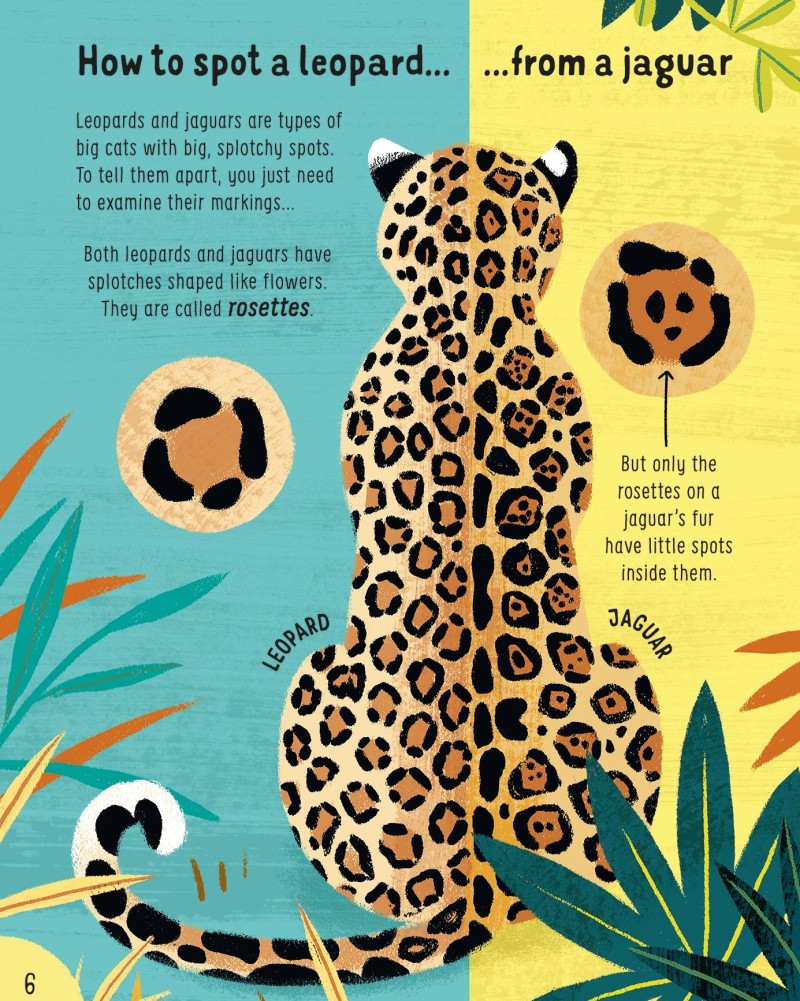
Lots of Things to Know About Animals is a wonderfully funny, warm and educational illustrated guide, to teach young readers about our fantastic animal kingdom. You will want to share this book with everyone you know!
Read:
- How monkeys clean their teeth
- Why penguins steal stones
- Which baby animals is bigger than its parents
- How high bumblebees can fly
James Maclaine has written books on meerkats, general knowledge and good manners, and also devised puzzles for children.
A Book on How Animals Hide Themselves
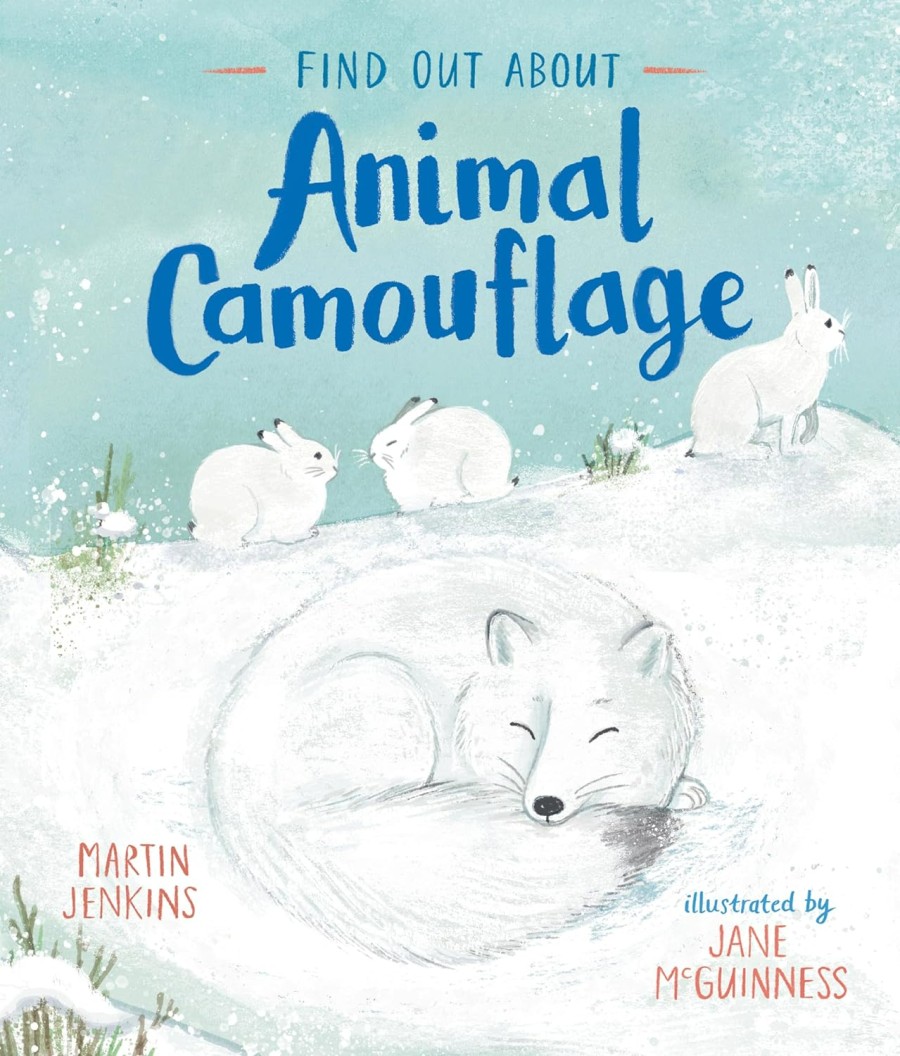
Find Out About Animal Camouflage is a lovely book for children, looking at how creatures hide in the desert and snow, or some don’t hide at all.
From insects that look like leaves to underwater creatures that blend into their background, readers will learn about:
- Leaf mimic moths (which resemble a dead leaf when still)
- African Gaboon vipers (which look like a heap of dead leaves)
- Peppered moth caterpillars (who adjust their colour to hide)
- The flower mantis (who looks like a pretty pink flower)
- Peacock flounders change colour to match underwater surroundings
- The ghost pipefish (looks like a long thin piece of coral)
- Ptarmigans blend in to hide in the snow
- Arctic hares & foxes (grow white fur in winter to hide)
Fun Facts about Animal Camouflage
Animals hide themselves for a variety of reasons, and in a variety of ways. The main reason is to avoid being eaten, or to hide themselves, when about to eat some unsuspecting other creature. Depending on species, animals may well change colour or shape, or even pretend to be something else entirely:
- Chameleons can change colour, to blend in
- Arctic foxes can hide amid the snow.
- Stoats are brown and black, but turn white in winter.
- Crabs cover their shells with seaweed and natural sponge (to avoid being found by turtles)
- Leopards have spots, to blend in with the surroundings.
- Same with zebras, and their strikes
- Stick insects blend in with foliage, to look like twigs. Some even move in the wind, to pretend they are branches.
- An octopus can not just change colour to match surroundings, but even change the texture of its skin, to match surroundings rocks and corals.
How and Why Animals Communicate

The Voices of Nature is a fascinating book, look at the meanings of animal sound:
- Songs
- Barks
- Roars
- Hoots
- Squeals
- Growls
What is the meaning of birdsong, a baboon’s bark, an owl’s hoot or a dolphin’s clicks? In this book, you’ll find out!
Readers will journey from the steamy heat of the Amazon jungle to the icy terrain of the Arctic, to reveal the amazing variety of animal communication.
Learn who different species use sound to:
- Express emotion
- Choose a mate
- Trick others!
- Mark their territory
- Call for help
What may seem like random chirps and squawks actually allows animals (just like us) to carry on conversations with others.
The author explains how animals make and hear sounds, and what information is encoded in such signals of sound. He also explains how sound travels underwater (think of whale song travelling miles across the ocean).
An immersive sonic journey, led by a tour guide with extensive knowledge of the subject. Leon Vlieger (biologist)
There’s no-one better to tell us how diverse animals talk with one another. His enthusiasm is contagious. Marc Bekoff (animal psychology expert)
Nicolas Mathevon is a professor of neuroscience and animal behaviour at University of Saint-Étienne, France.

Why Animals Talk is a beautiful journey into the world of animal communication, from the majestic howls of wolves to the enchanting chatter of wild parrots, melodic clicks of dolphins to spirited grunts of chimpanzees!
These diverse and often bizarre expressions are more than mere noise. They hold secrets that we are only just beginning to understand.
For example:
- Wolves (just like humans) possess unique accents that distinguish their howls.
- Gibbons have different alarm calls (for leopards or snakes). And also sing romantic duets with their partners!
- Dolphins not only give themselves names, but respond excitedly to recordings of the whistles of long-lost companions.
In each chapter (and by animal), the author draws on extensive research and observations of animals in the wild, to explain why animals communication.
This also offers revealing insight into human language, and how it differs from the entire animal kingdom.
Dr Arik Kershenbaum is a world expert in animal vocal communication, and has roamed the wilds of Europe, North America, the Middle East and Southeast Asia, in order to understand it.
He is a college lecturer and fellow at Girton College (University of Cambridge) and has published over 30 academic publications.





